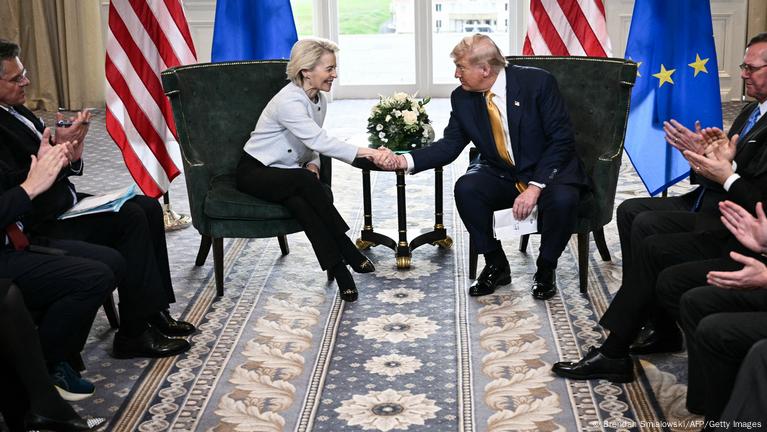
EU Steel Exports Threatened by Persistent U.S. Tariffs
The newly confirmed EU-US trade deal leaves in place the steep 50% tariff on steel and 15% on steel-intensive products, sparking strong backlash from the European steel sector. Eurofer, the European Steel Association, warns the unchanged tariffs may devastate EU exports to the United States, which reached 3.8 million tonnes in 2024. The policy could also disrupt automotive shipments, with nearly one million tonnes of steel embedded in EU car exports.
Despite a slight reduction in some tariff rates, uncertainty persists. EU Commission President Ursula von der Leyen hinted at possible quota-based relief following talks with Donald Trump, citing a shared interest in addressing global overcapacity. However, U.S. officials, including President Trump, continue to deny plans to lower the steel tariffs, casting doubt on any near-term policy shift.
Meanwhile, Analyst Laura Hodges confirms that 50% tariffs have already damaged trade ties. She notes that recent trade frameworks with countries like Japan, Vietnam, and Indonesia retain significant barriers—often excluding steel—further isolating EU exporters. Even with reciprocal tariff terms as low as 15%, the EU’s deal includes substantial U.S. investments in LNG, oil, and military equipment to secure trade access.
Downward Pressure on EU Steel Prices Amid Tariff Impact 2025
The tariff impact in 2025 extends beyond trade volume—it is now weighing heavily on steel pricing in the EU. According to European Steel Review, prices are in decline as mills face oversupply, low demand, and the loss of the critical U.S. export channel. Extended summer shutdowns are underway at several European mills in an attempt to stabilize the market.
The risk of diverted Asian steel exports, following exclusion from the U.S. market, adds further price pressure in Europe. Even with the EU’s revised safeguard mechanisms, competition from low-cost imports remains intense. One of the few price supports is uncertainty around the EU’s Carbon Border Adjustment Mechanism (CBAM), which may limit ultra-cheap steel inflows based on carbon emissions.
In contrast, U.S. steel prices remain relatively stable. However, many buyers have adopted a “wait and see” strategy amid ongoing trade negotiations. Expectations around new energy and investment-driven demand could eventually strengthen U.S. steel markets—particularly if the EU and Japan deliver on multi-billion-dollar commitments to U.S. infrastructure and manufacturing.
SuperMetalPrice Commentary:
The persistent tariff impact in 2025 highlights how geopolitical trade dynamics now dominate pricing and demand trends in the steel sector. While the EU attempts to negotiate market access through energy and investment commitments, U.S. tariff rigidity leaves its steel exports exposed. Without clear progress on a steel quota system, European mills will likely reduce production and shift focus to alternative markets. As trade flows realign, industry players must monitor policy developments closely to adjust strategies and hedge against further volatility.




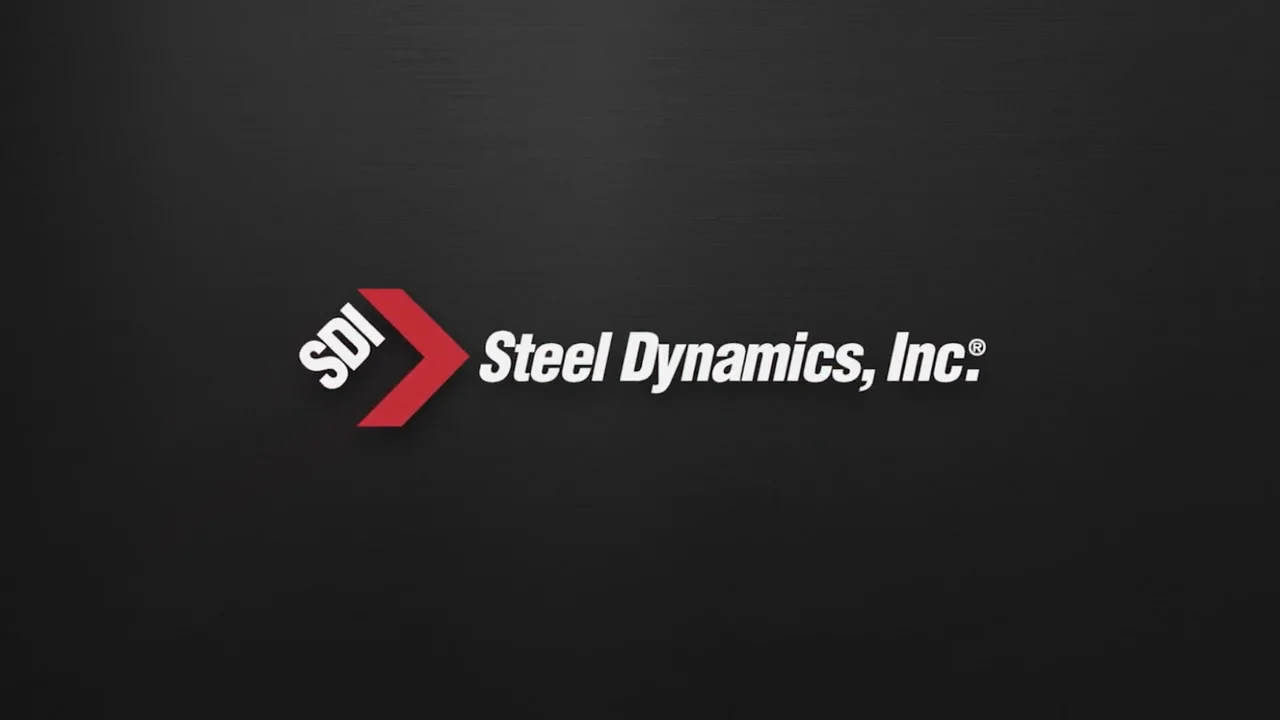
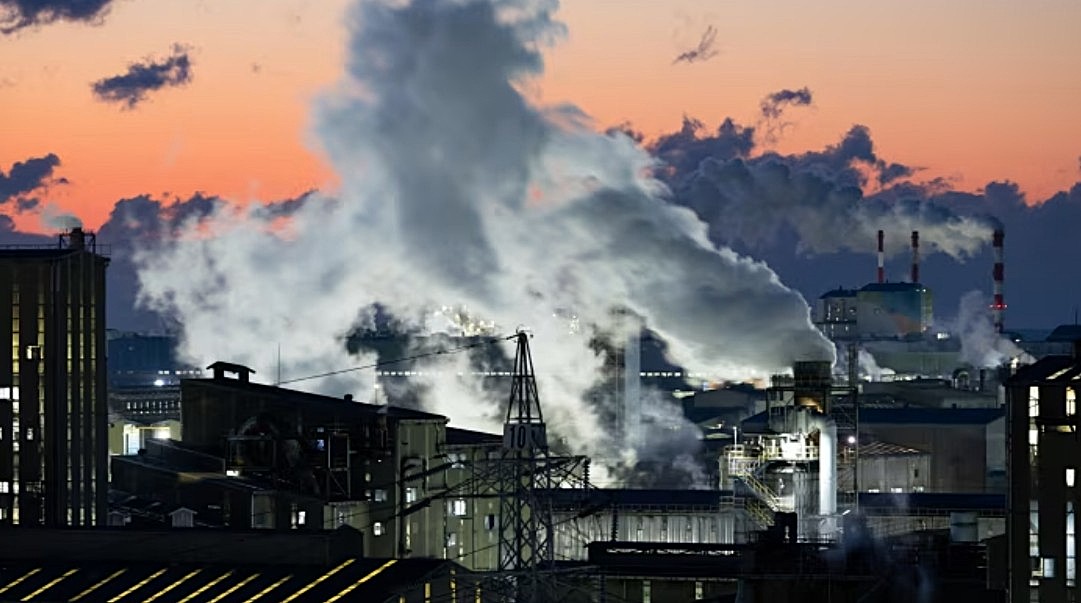

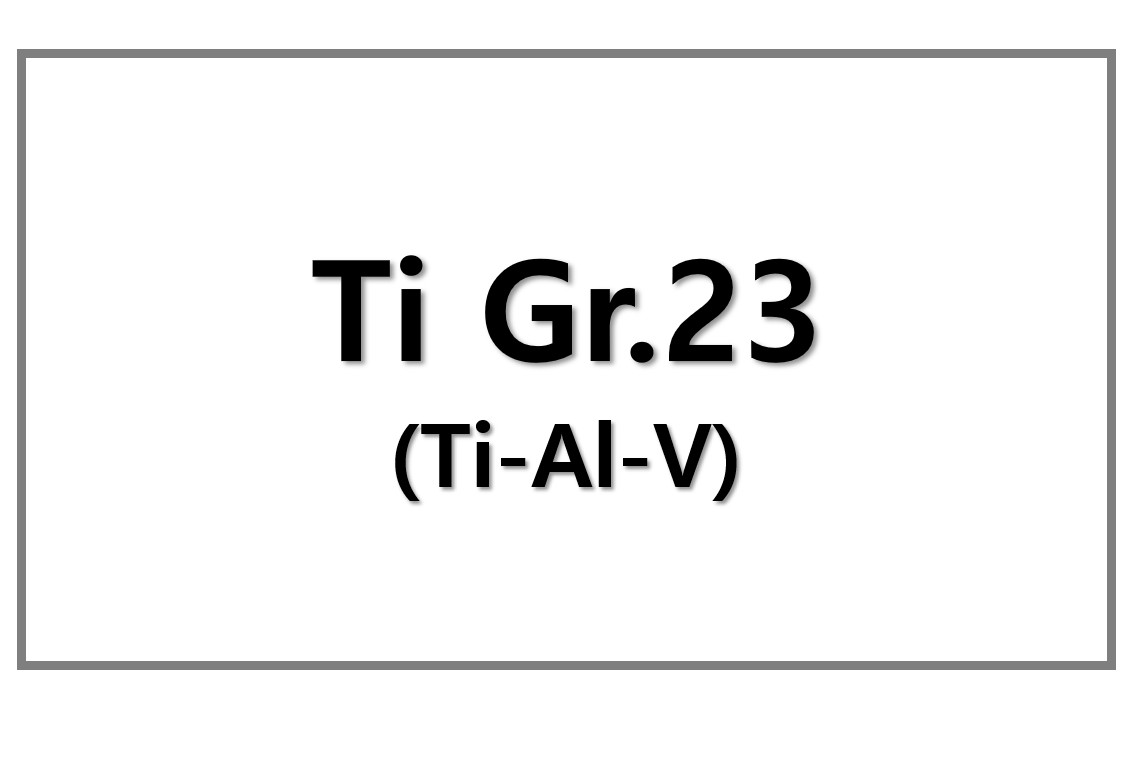
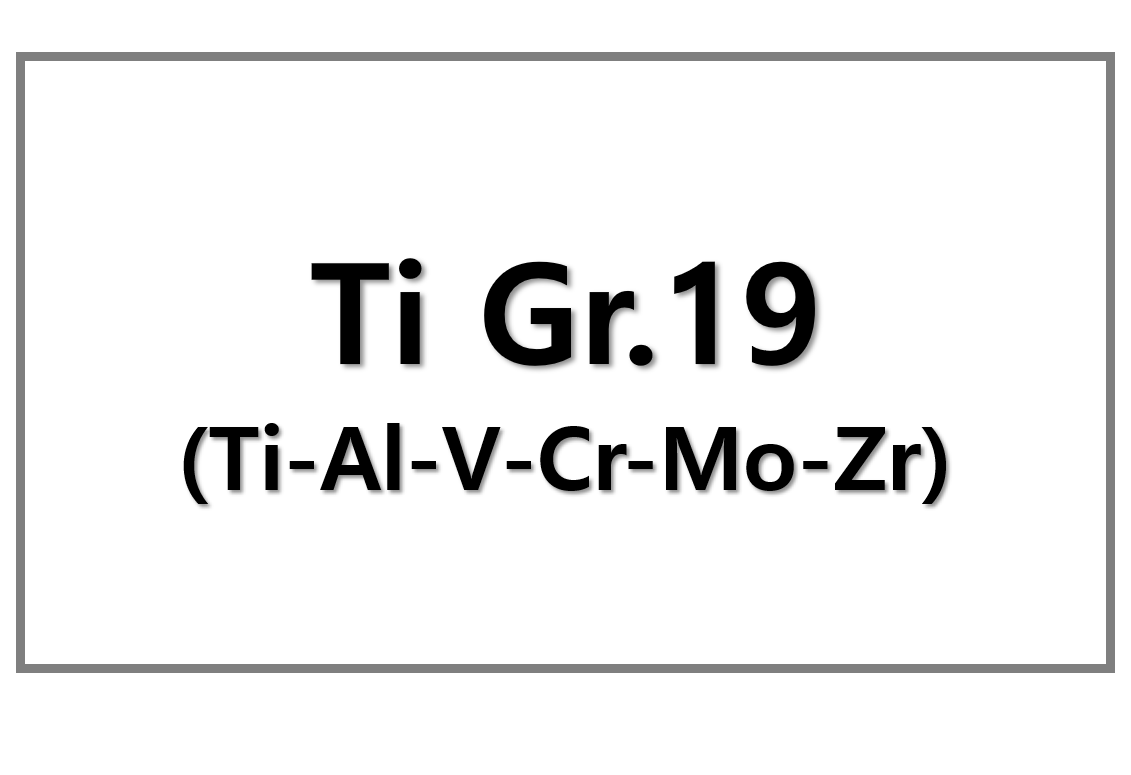
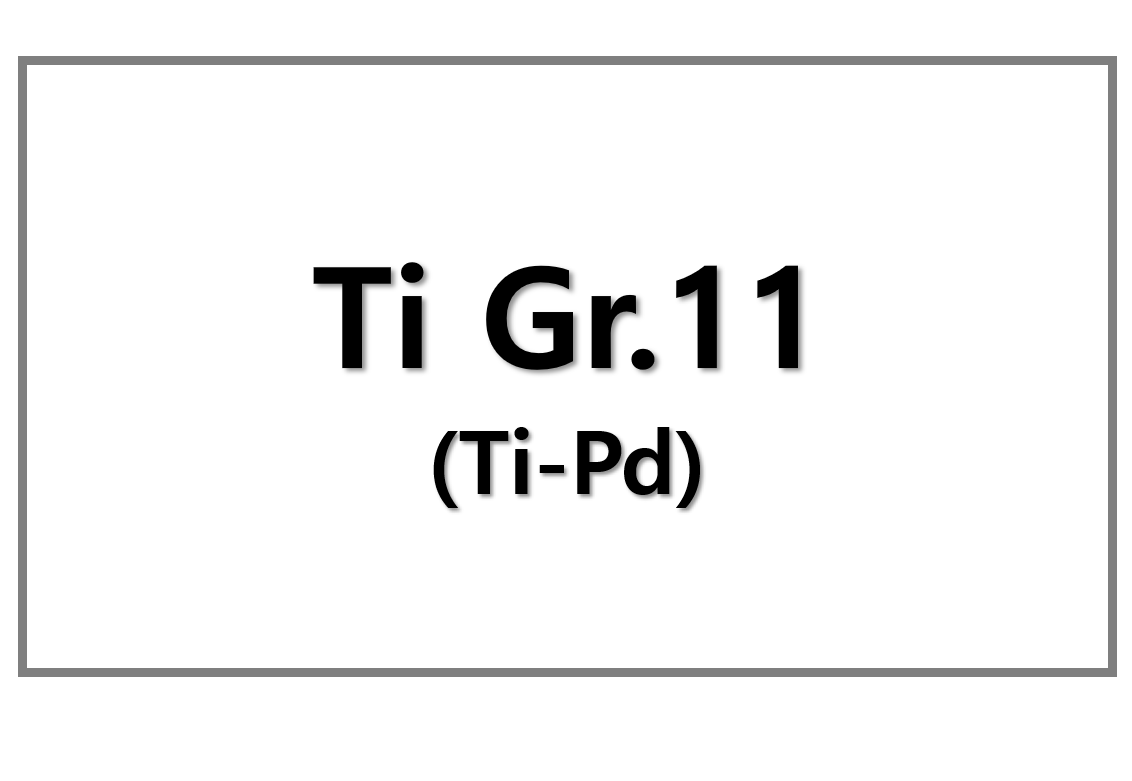
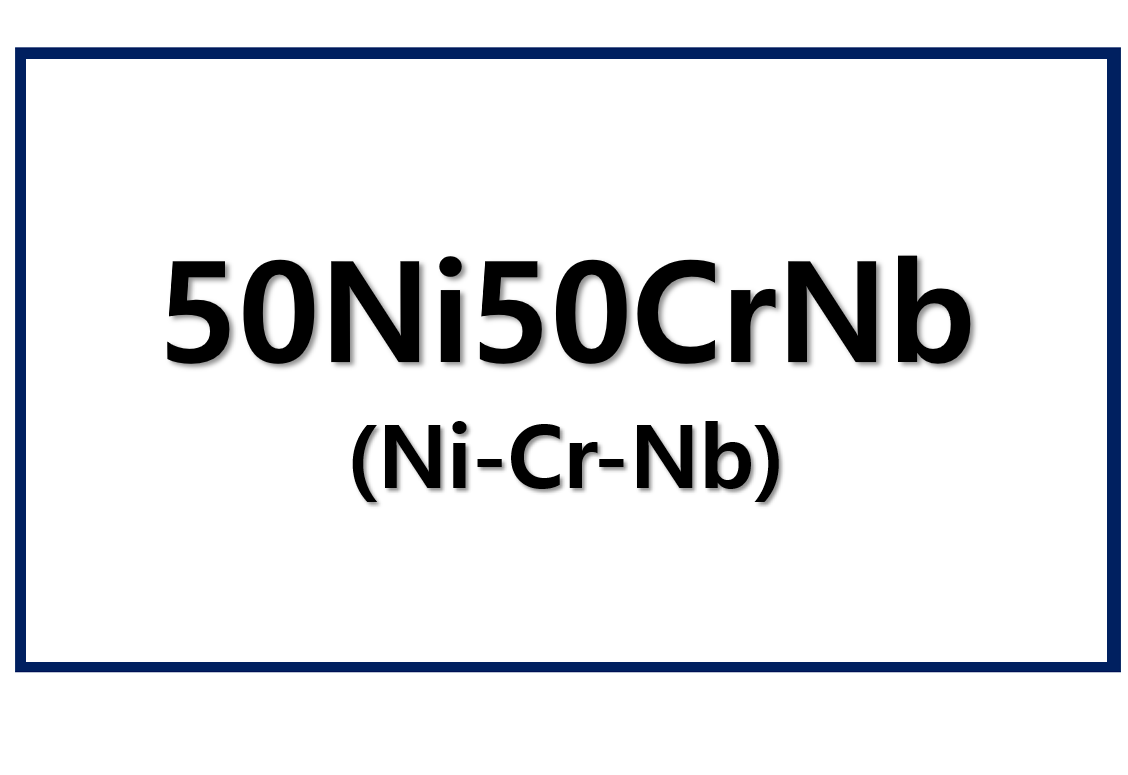
Leave a Reply
You must be logged in to post a comment.